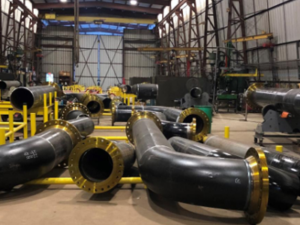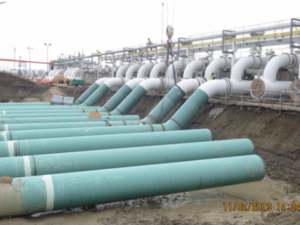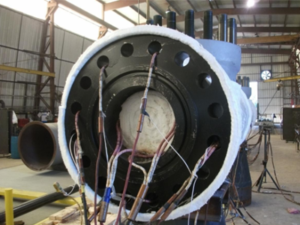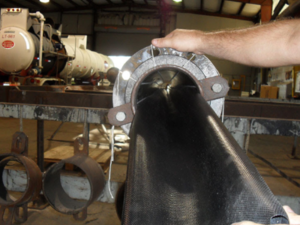| “What Happened To: COAL IS DEAD?”
The continued operation of coal-fired power plants is more than just a headline – it is the critical factor in sustaining the viability of the U.S. grid. (https://www.dixiemechanical.com/us-power-grid-big-enough/) On Feb. 6th, the New York Times reported that roughly 780 individual coal fired units have retired since 2000. However, since 2017, almost 1/3 of the scheduled retirement of coal fired units have had their life extended, while others have had their scheduled closures cancelled! According to Power Magazine, in 2024, 4,744 MW of coal fueled generation was retired. That happens to be the lowest figure since 2014. In contrast, within the 5 year period 2019-2023, an average of 12,400 MW of coal fired generation was retired annually. Presently, S&P Global Market Intelligence data estimates that U.S. utilities and investors plan to add 133 new natural gas-fired power plants to the nation’s grid by 2030. Until these plants are built and commissioned, coal fired power plants will continue to supply base load power to an uncertain grid. Here’s a breakdown of why these facilities are defying retirement. Surging Demand Meets Coal’s Reliability Electricity demand is climbing fast, fueled by data centers, artificial intelligence, and widespread electrification—like electric vehicles and heat pumps. In the U.S., demand jumped 4.4% in the first half of 2024 (Grid Strategies), a sharp break from years of stagnation. Renewables like solar and wind are growing, but their weather-dependent output can’t always match coal’s 24/7 baseload power. In 2023, coal accounted for 16.2% of U.S. generation (EIA), and utilities like AES Indiana delayed plant closures to 2028 to avoid blackouts. For industries relying on uninterrupted power, the reliability of coal is non-negotiable. Economics Favor Upgrades Over Replacement Building a new gas plant or renewable facility can cost $1-2 billion, while retrofitting an existing coal plant often proves more cost-effective. Many U.S. coal plants, averaging 45 years old (EIA, 2021), were designed for 40-50 year lifespans but are now pushing past 60 with targeted upgrades. Installing selective catalytic reduction (SCR) systems, for instance, slashes NOx emissions by 70-95%, meeting regulations without the expense of new construction. Low fuel costs in coal-rich regions like Wyoming’s Powder River Basin further bolster the case, especially when gas prices spike. Policy and Jobs Slow the Transition Regulatory shifts and regional priorities are also extending coal’s tenure. The rollback of Obama-era policies like the Clean Power Plan has eased retirement pressures, while states like West Virginia mandate utilities justify closures to preserve jobs. (Coal supports 157,000 positions nationwide). The Inflation Reduction Act’s renewable incentives are promising, but grid upgrades and battery storage often lag, leaving coal as a fallback. In 2023, 9.7 GW of coal capacity retired, yet 68 GW is set to persist or convert by 2030 (IEEFA). Practicality Keeps Old Plants Humming Many coal plants are fully depreciated, making their operating costs competitive despite rising maintenance needs. In 2023, their capacity factor—how much they’re utilized—fell to 42.1% (EIA), reducing wear and extending physical life. The U.S. is squeezing extra years from its older units. The Catch: Coal’s Future Is Finite Coal’s hefty carbon footprint and competition from cheaper gas and renewables make these extensions a temporary fix, not a comeback. For industrial operators, this signals a dual need: leverage coal’s reliability now while planning for a cleaner future. Partnering with Dixie Mechanical As coal plants adapt to survive, Dixie Mechanical brings 22 years of experience in mechanical upgrades, from emissions retrofits to piping systems, helping our customers maximize existing assets. In addition, Dixie is currently working with our EPC customers in the construction o f those 133+ natural gas fired generation plants. Please contact us with your company’s upcoming power related fabrication needs. |
To learn more about who Dixie is, visit our About page.







Stay Connected